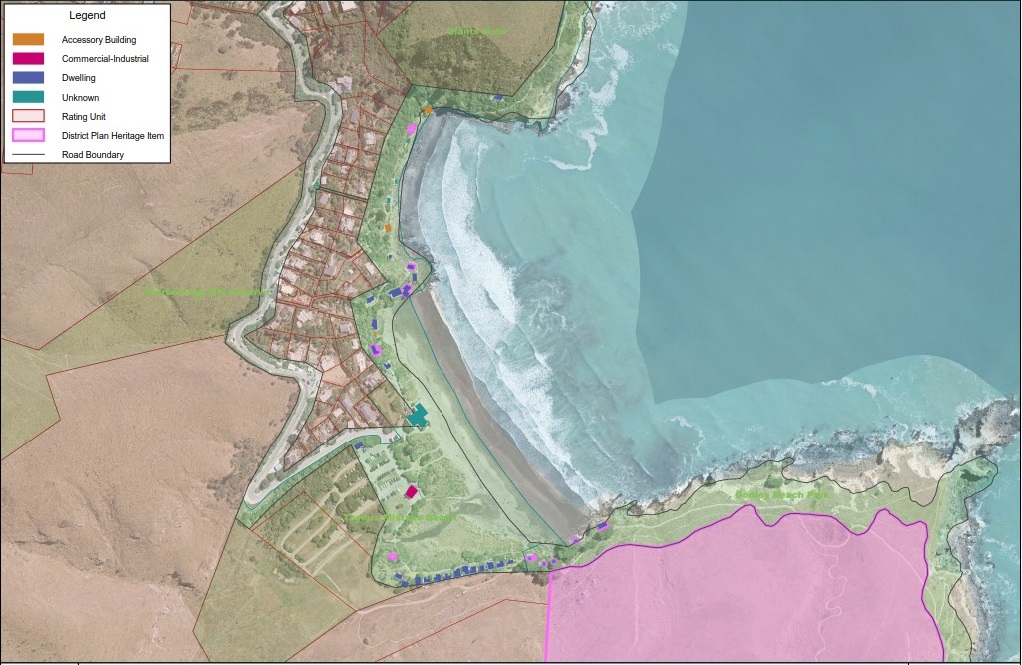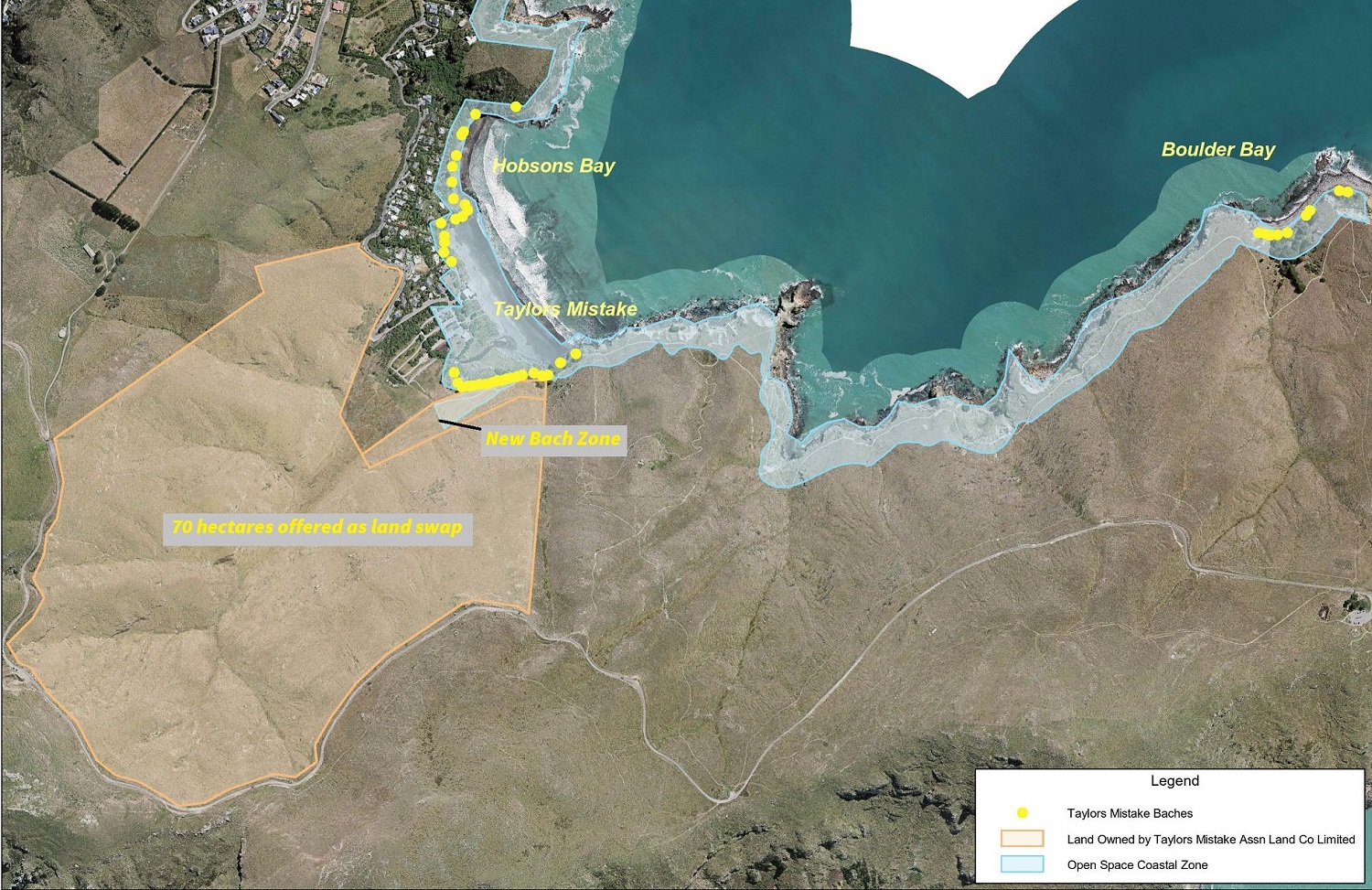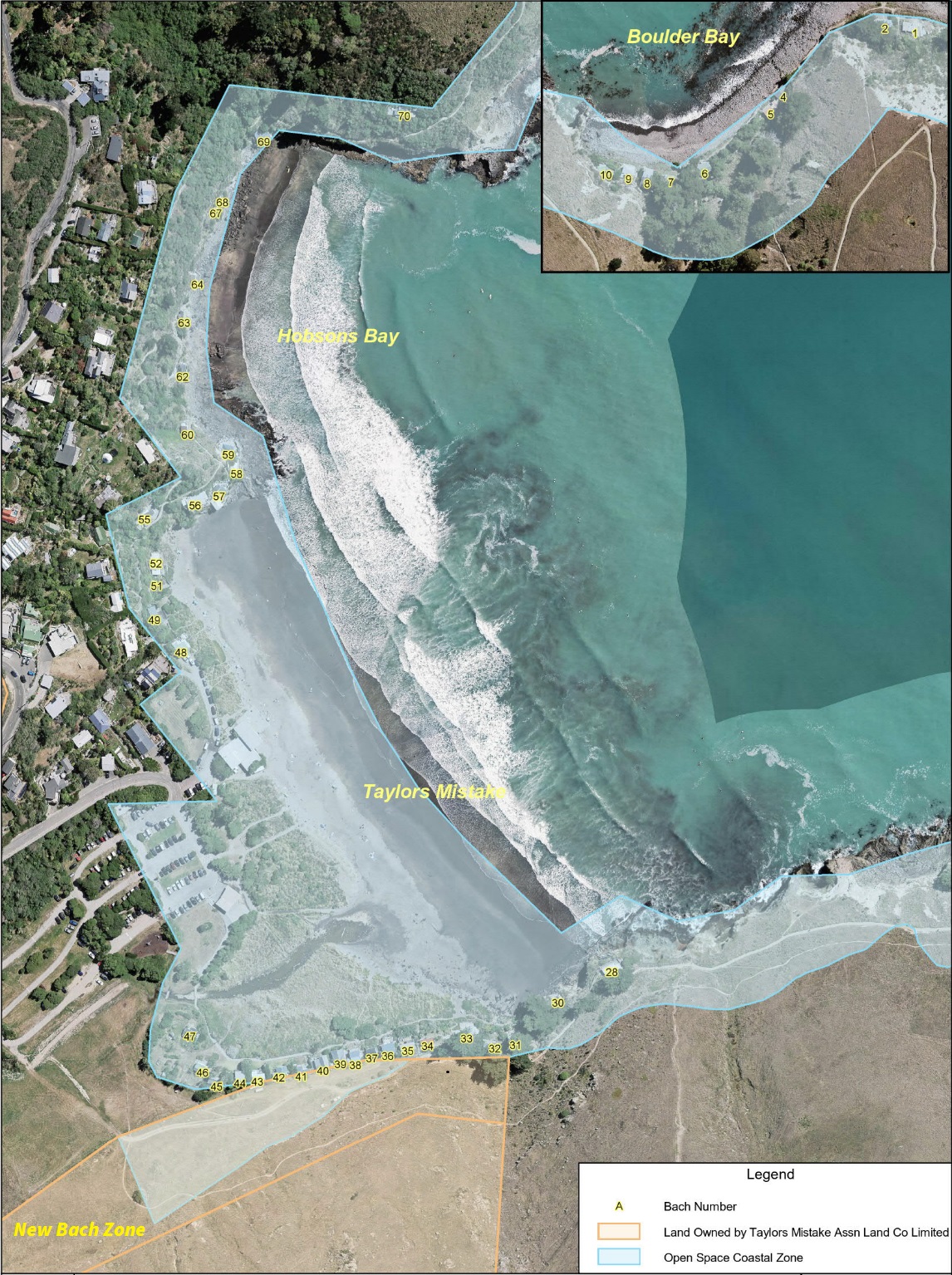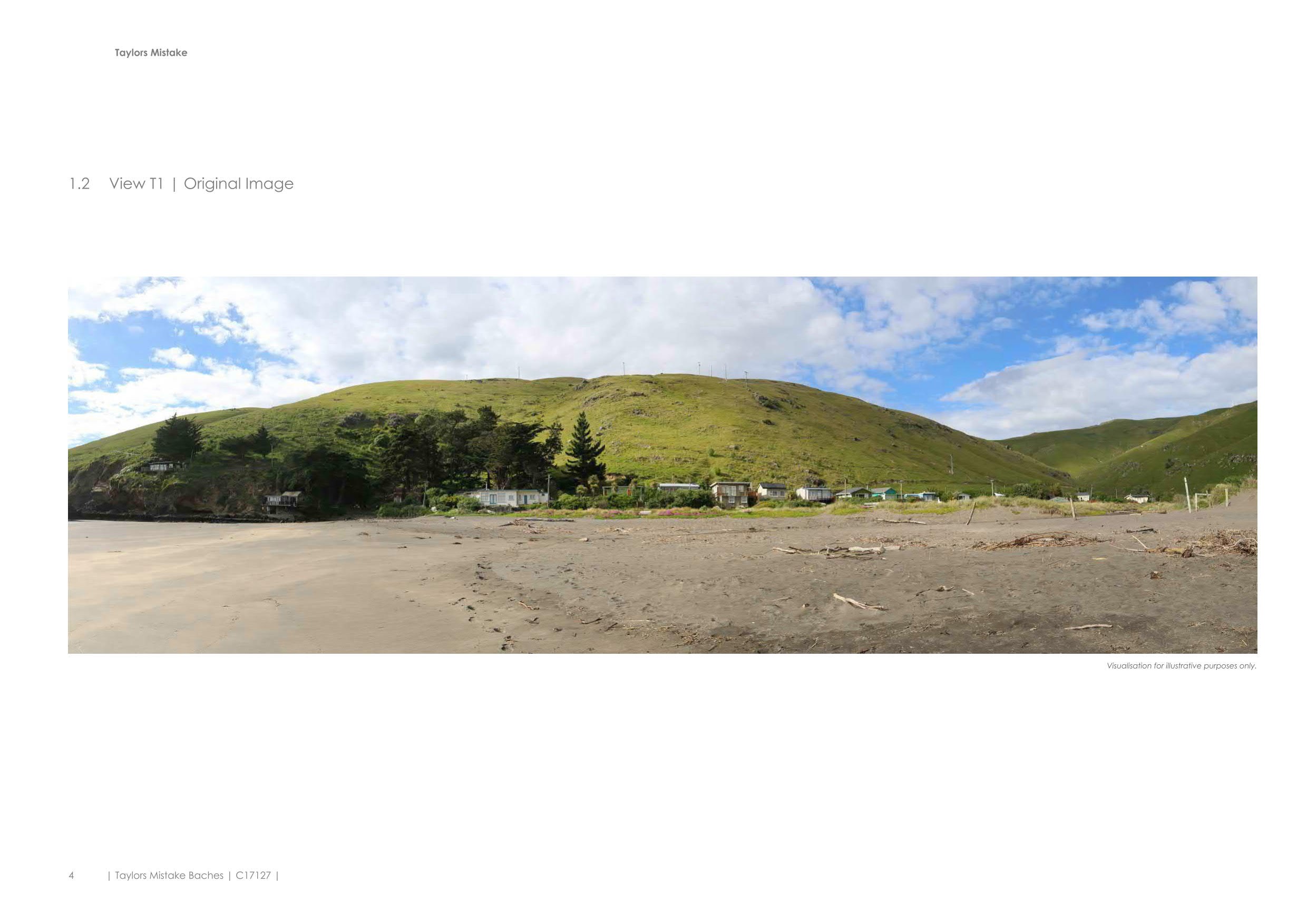- Road reserve first established and later extended
- First baches established in caves
- 72 baches established by start of WWII
- No new baches allowed
- Substantial renovations permitted until 1968
- Baches without properly fitted toilets are demolished
- Taylors Mistake Land Company proposes land swap
- Discussions back and forth over changes to City Plan
- Area recognised as Historic Places Trust Heritage Area
- Environment Court decision
- City Plan amended to allow 34 baches to stay and 18 to move to new bach zone
- Council consult with Ngai Tahu
- Council requests report on other local privately owned buildings occupying public land
- Council requests report on heritage status of baches
- Council resolves to implement City Plan
- Council asks for titles to be issued in new bach zone
-
All unscheduled baches expected to be removed once new bach zone is active
-
Council Chief Executive authorised to negotiate licences for baches
- 2010 and 2011 earthquakes
- Taylors Mistake resident applies to Environment Court to have City Plan enforced and 14 baches removed
- Existing use rights granted for bach owners
- Hearings panel reviews District Plan
- Panel decides ‘prohibited' status is appropriate for baches
- Panel seeks management framework for the Council to manage the impact of activities on the environment
- Panel notes it is for the Council to resolve the issue of licencing of baches
- Council appoints Working Group to review and make a recommendation on the future of the baches and any licences offered
- CCC staff begin discussions with bach owners and other interested parties
- Community information sessions (13, 15 October)
- Staff prepare for community consultation, based on a range of options
- Staff ask Council to approve consultation and establishment of a hearings panel (8 November)
- If approved, consultation begins 9 November
- Summary of submissions prepared
- Hearings Panel convened to hear submissions
- Recommendation to Council, taking public feedback and submissions into account


















